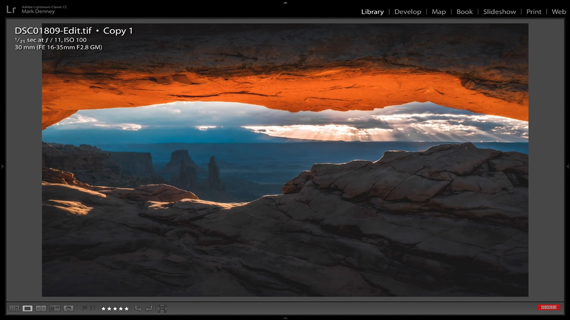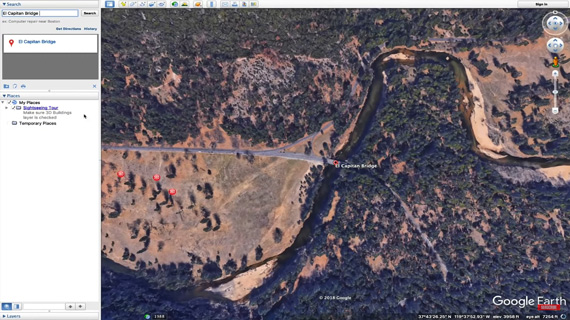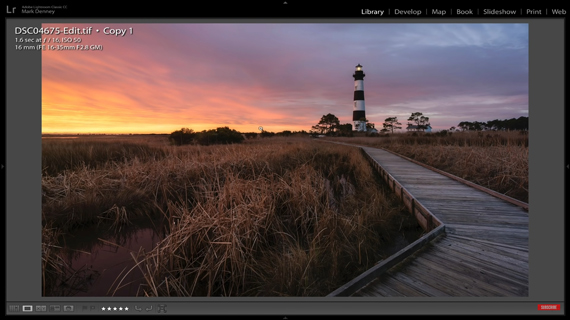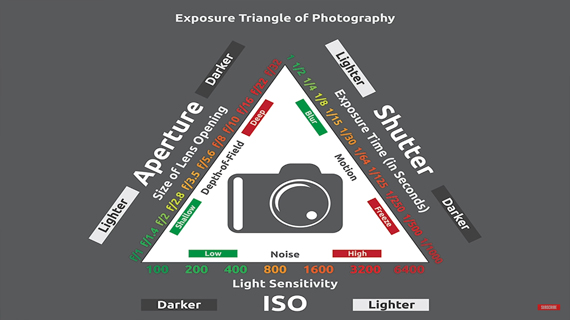As photographers, we tend to consume lots of articles and video resources to improve our work. Most of them are redundant, but when working professionals share their learning, it’s a completely different story. Their experience and learning tend to be more practical and impactful. Landscape photographer Mark Denney shares five photo tips that made the most improvement to his landscape photography:
1. Shoot Through the Event
The event can be anything that you plan on photographing. For instance, remember the last time you went out to photograph sunset or sunrise. What we’d normally do is determine the time of sunset or sunrise, reach the location a bit early, setup the composition, take a few test shots to check exposure, take the photo of the event, and move on. Well, that’s the normal workflow.
“Shooting through the actual event is about taking more images than you’ll ever need. Capture the entire event because it’s impossible to time the peak.”
The peak moment is when the light is the best. You don’t know exactly when the light will hit that spot to make the landscape or the sky appear at its very best. Shoot through the entire event so that you don’t miss anything. You can then go through the images later at home to determine the keepers.
2. Be Prepared
“Preparation is everything. You get-out what you put-in in anything in life.”
Being prepared is even more important when you’re going to a location that you’ve never been to before. Preparation can include paths to get to the location, weather, sunrise and sunset times, and so on. There are various resources available online that aid in preparation. Make sure you spend some time utilizing those resources to make yourself well-prepared. Spending 15 to 20 minutes preparing can save you from hours of trouble.
Some resources available to help you in preparation include:
- Google Earth
- LightTrac
- Clear Outside
- MeteoEarth
- WeatherBug
3. Arrive Early and Stay Late
As we discussed in the first tip, you can never tell when the light will be at its best. The sun may rise at 7:00 am but the sky usually looks much more explosive with color well before the sun is above the horizon. Similarly, if you talk about sunset, the sky becomes vibrant after the sun has dropped below the horizon.
It always helps to reach your planned location well-ahead of time. Get there, set everything up, refine your composition and while you’re waiting for the peak, shoot through the event. Similarly, if you’re there for the sunset, get there before the sun sets, shoot through the sunset, and stay a bit longer because that’s when the magic will happen.
4. Know Your Camera
Knowing your camera inside out will help you manipulate the exposure triangle to your liking. Have a thorough understanding of how to change your aperture, shutter speed, and ISO; you don’t want to be fiddling with the camera on-location. The landscape isn’t going anywhere but the light changes fast. You might miss the magic moment if you’re trying to figure out how to change the settings on-location.
The key to ensuring that this doesn’t happen is to practice. Practice in your home, your garden, or out in the streets. Understand how changing every variable of the exposure triangle affects your image. When you get used to your camera, making those changes will be second nature to you.
“Making sure that you’re very familiar with the exposure triangle and how to make those changes to impact that in-camera is definitely something you want to have a good grasp on before you get on-location.”
5. Slow Down and Relax
Patience is key when it comes to landscape photography. Enjoying what you do is really important. And if you have all the points that we discussed earlier covered, you will actually enjoy photography and the overall experience.
When you are all prepared to take a shot with all the settings dialed in and composition set, enjoy what you see and hear around you while you wait for the right moment.
These five tips really helped Denney to step up his landscape photography to the next level. Try them out and see if they work for you!
Like This Article?
Don't Miss The Next One!
Join over 100,000 photographers of all experience levels who receive our free photography tips and articles to stay current:










Leave a Reply